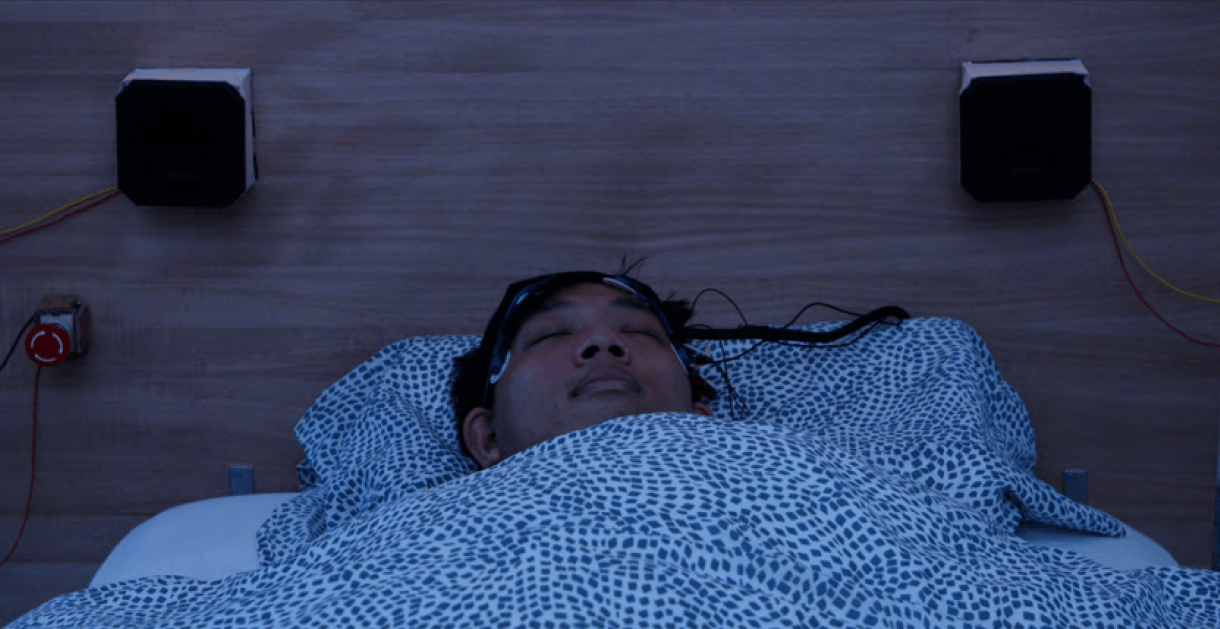In recent years, researchers have been actively trying to simplify experiments in the field of lucid dreaming so that anyone can conduct them at home as opposed to in a laboratory. The latest innovation was presented by scientists from Australia, led by Po-Yao Wang. The device is called LuciEntry.
The authors list four main directions for inducing lucid dreams:
— cognitive techniques (reality checking, keeping a dream journal, etc.)
— external stimulation (for example, using a sound or scent to trigger awareness during sleep)
— exposure to psychoactive substances
— stimulation of the cerebral cortex (electrical stimulation with an alternating current)
The researchers state that LuciEntry promotes lucid dreaming in several ways at once. First, the device prepares a person for sleep (cognitive training). It then tracks sleep stages and sends a signal (external stimulation) as soon as it detects REM sleep. The system stops signaling when it receives confirmation of awareness from the user in the form of classic left-right eye movements or when it detects that another sleep stage has begun or the person has woken up.
The device also wakes up at night (WBTB technique). As the authors add, the system generally disrupts sleep. But since sleep disturbances increase the frequency of lucid dreams, this potential drawback could help dreamers become lucid. However, the device is still in the testing stage.
What method of inducing lucid dreams do you prefer?
The report will be presented at the ACM CHI Conference in May 2024.
Get all the latest news about lucid dreams via our channels on Telegram, Facebook, Twitter




